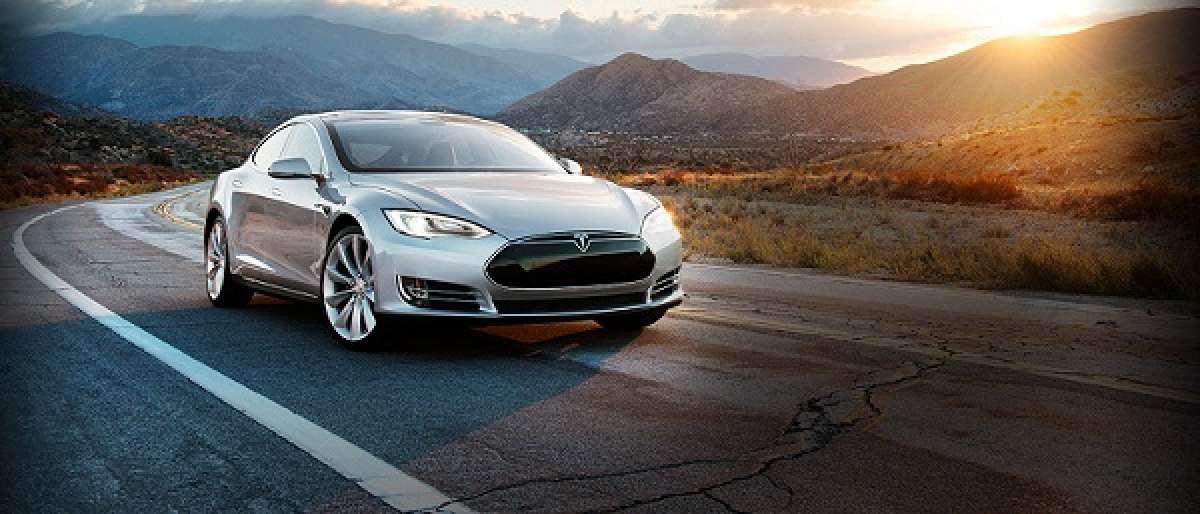Elon Musk has been a global kind of a thinker from day one. I’ve read that he had an abiding interest in saving the planet by making it more sustainable, and failing that, to preserve the possibility of a continuing future for the human species by making it a multi-planet species. One can view his actions with his various companies as steps on a stair leading to the eventual goal: long-term survival of humans. Tesla, Solar City, Hyperloop, and especially SpaceX are links in a chain. Regardless of how successful we humans are in saving our planet, there is always the possibility of planetary wide catastrophe, like a very large asteroid deciding it would like to live here too and has a violent merging with planet Earth. These extinction events occur roughly every seventy million years or so. It has been 64 million yers since the extinction event which most likely did in the dinosaurs. We’ve only been around for a million or so years so we may have time on that one, but there were only twenty million years between the 520 and 500 million years ago events. We may be overdue.
So now you get an idea of why Elon is fixated on this issue. What does this have to do with autonomous vehicles?
Sustainability
Autonomous cars have a couple of tricks up their sleeves to stretch the mileage they can get from a single charge/gas fillup. One is “platooning”. This is where we can take advantage of the decision time needed by an automated car to either brake or take evasive action. We all know the “2.5 second” mantra for the proper separation between cars on the highway. At 5280 feet per 60 seconds, (60 mph), that means that the separation has to be 220 feet, or approximately 18 car lengths. At a more likely 75 mph the separation has to be 275 feet or 18 car lengths. Clearly, on crowded roads this does not happen, and that is why the most common accident is a rear ender.
Also See: Tesla and AutoPilot Have Massive Implications
This is all based on human reaction time. You need a second to see what’s happening, and another second to start applying the brakes. The last half second is your often vain attempt to avoid front end grill armageddon as you slam on your brakes.
With a computer running this for you, there will come a day when we see “platoons” of cars running down the local interstate at, oh say, 80 mph maybe a foot behind the car in front. All you NASCAR fans are familiar with this. Watch a Talledega 500 and you will see the guy behind “drafting” the car in front. This is because the highest parasitic loss at speed is pushing through a wall of air, and this costs you gas, (or charge). When you are close to the car in front, you are traveling through a partial vacuum which offers significantly less resistance to your vehicle. Professional race car drivers do this to try to avoid an additional pit stop. Everyday drivers would like it to lengthen their miles per whatever. Additional benefits are a reduction in wind noise, because there isn’t much wind.
But the big one is carrying capacity of the roads.
The logic here is inescapable. If you have a mile stretch of road, it’s carrying capacity, at speed, is 18 cars over that segment, (the car plus the separation of 18 cars). Now, if conversely, you have autonomy at work, and your separation is one foot, (never fear the computer shall set you free and hold you harmless), you have a carrying capacity of 330 cars! (5280 feet to the mile/16 feet of car). You’ve magically expanded the carrying capacity of the road by almost twenty. Now this is a theoretical maximum, assuming that all drivers follow the 2 1/2 rule. Many don’t, so figure it to be let’s say ten.
A massive improvement.
Stay tuned. We still have a lot more issues to discuss about the effects of car autonomy and Tesla’s role. Most are great, some a threat to major industries.





